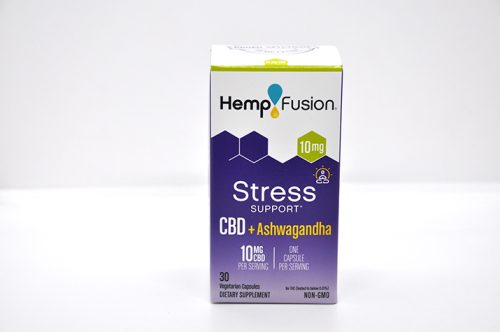Cannabigerol (CBG) is one of more than 120 identified cannabinoid compounds found in the plant genus Cannabis. CBG is the non-acidic form of Cannabigerol acid, the Parent molecule from which other cannabinoids are synthesized. CBG is a minor constituent of cannabis. During growth, most of the CBG is converted into other cannabinoids, primarily Tetrahydrocannabinol (THC) or Cannabidiol (CBD), leaving about 1% CBG in the plant.
“CBG is the precursor to CBD, CBC, and THC,” says Dr. Solomon. It’s sometimes referred to as the stemcell of cannabinoids. What does this mean? “CBGA (the acidic, inactive form of CBG) changes, is broken down, and becomes the base molecule that other cannabinoids form from,” including THC, CBD, and CBC. Recent scientific studies have suggested that CBG can help protect against brain deterioration, can help stimulate the appetite, and has anti-inflammatory properties.
CBG Medical Benefits
CBG works to fight inflammation, pain, nausea and works to slow the proliferation of cancer cells. Research shows it also significantly reduces intraocular eye pressure caused by glaucoma. Strains high CBG will beneficial treating conditions such as inflammatory bowel disease, Crohns disease and cancer. A non-psychoactive cannabinoid, CBG’s antibacterial effects can alter the overall effects of cannabis. CBG is known to kill or slow bacterial growth, reduce inflammation, (particularly in its acidic CBGA form,) inhibit cell growth in tumor/cancer cells, and promote bone growth. It acts as a low-affinity antagonist at the CB1 receptor.






